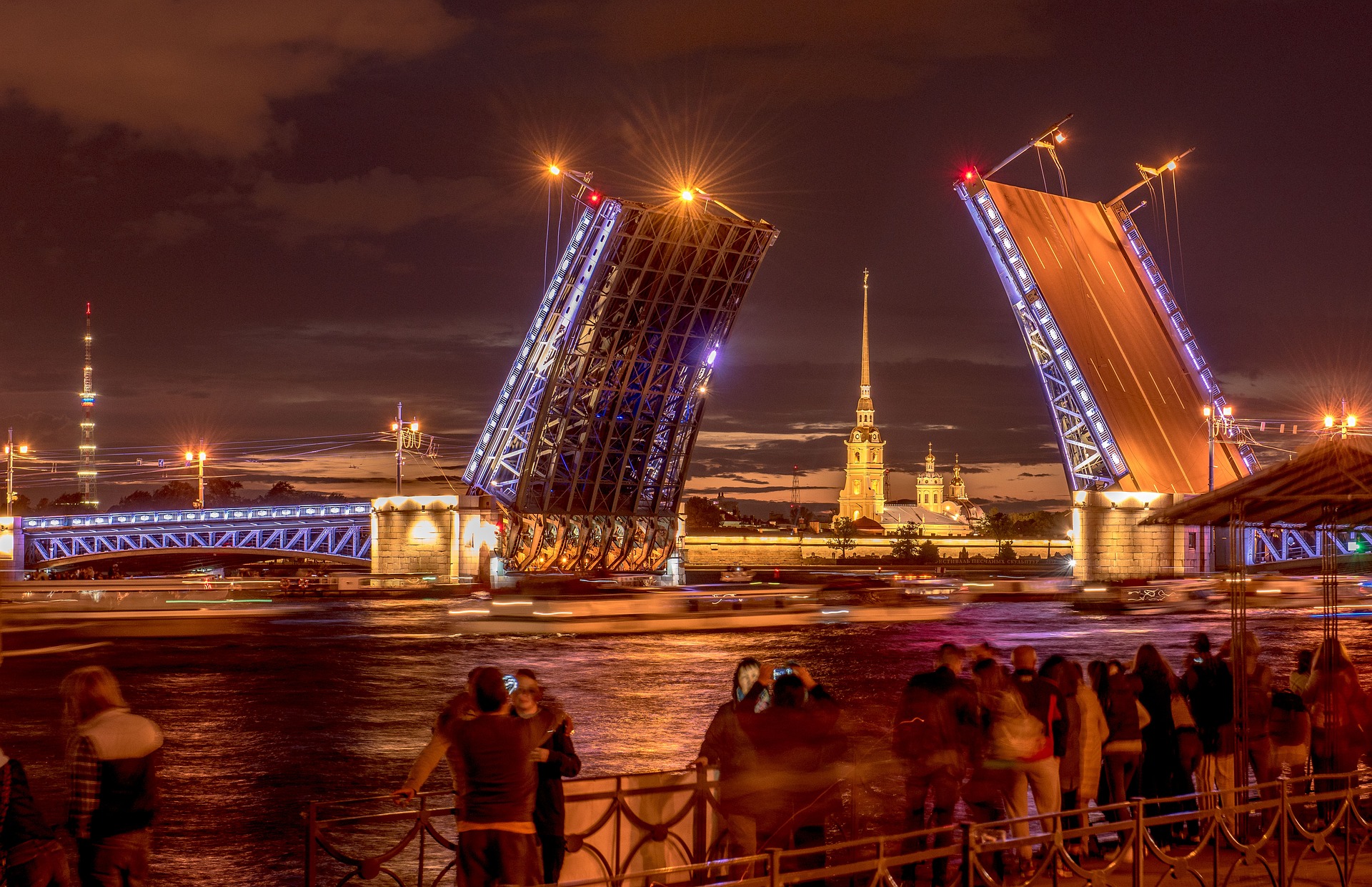The Covid-19 pandemic has an impressive impact on the tourism industry around the world, except. Even the most popular destinations have failed to cope with this unprecedented crisis. One striking example of this is St. Petersburg.
The fabulous Russian city, which is usually filled with tourists 365 days a year, suddenly calmed down in March 2020. Nevsky Prospekt became empty, the Hermitage and the Russian Museum closed their doors, the Mariinsky and Alexandrinsky theaters canceled performances, and parishioners were no longer allowed to attend services at Kazan Cathedral.
Unprecedented reduction
In 2020, the reduction of inbound tourism in St. Petersburg reached 73%. In total, the northern capital of Russia was visited by 2.9 million people. In contrast, in 2019 their number was 10.4 million. The number of domestic tourists fell by 60%, while the number of international visitors decreased by 90%.
Throughout last spring, the industry had hoped to ease restrictions. Some relief came in May. However, contrary to expectations, it was not tourists from other countries who became more active, but residents of St. Petersburg themselves.
Thus, logically, mainly the Leningrad region has benefited from increased travel. In May last year and at the beginning of summer, the number of seats in the region reached 95-98%. Inbound tourism in St. Petersburg itself recorded only a slight increase.
Not all survived
Tour operators, hoteliers, restaurateurs suffered losses. Not everyone managed to survive the pandemic. Some hotels even had to close forever. The biggest losses were suffered by large hotels focused on international and business tourism, given that the profit from corporate clients can reach 40%.
It was not easy for the owners of luxury five-star hotels. They could not bring down prices to attract more customers. Hotels designed for Chinese tourists are also experiencing problems, as their reputation has prevented them from reorienting to the new contingent.
Forced transformation
During the pandemic in the tourism industry of St. Petersburg, new trends emerged. In the excursion activities, the emphasis was shifted to digitalization: online lectures and classes, virtual city tours and much more.
As a result of the critical situation, hoteliers have reconsidered their approach to service. Many have switched to the so-called Moscow format of work. If before the pandemic breakfast and VAT were taken into account in the price tags of most hotels by default, now it had to be paid separately.
In a number of hotels in the city began to rent rooms for offices. Seats are booked for several hours a day. The service is popular among Moscow businessmen who come to St. Petersburg for negotiations and rent a room without spending the night.
Inbound tourism in St. Petersburg was perhaps the most vulnerable to the epidemic. Its recovery, according to experts, can take up to 5 years. But this is only if no new restrictions are introduced. In general, the future of the tourism industry in St. Petersburg is a big question mark.

